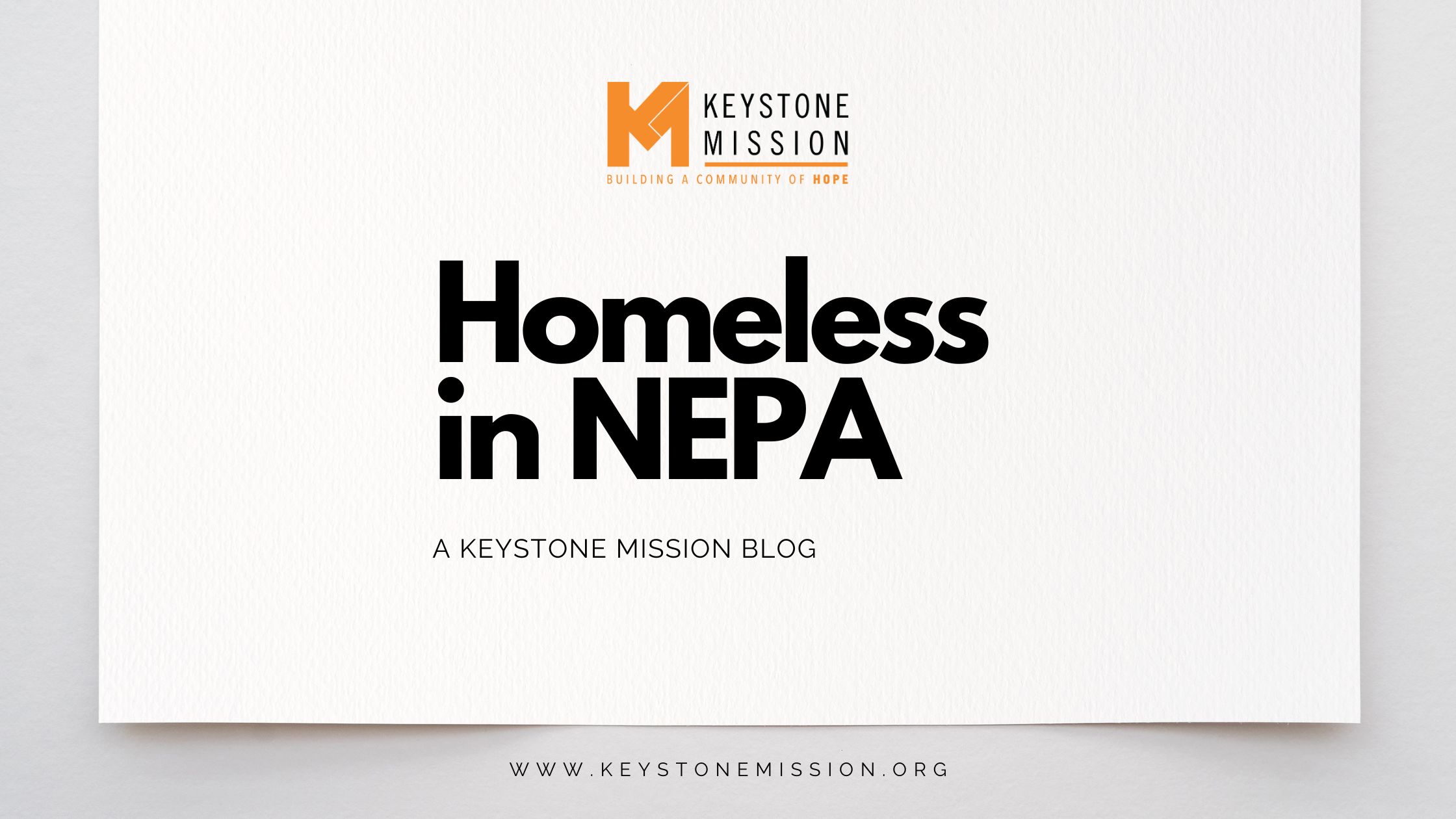
31 Jul Confronting the Crisis: Temporary Vs. Chronic Homelessness
Homelessness manifests itself in two different forms: chronic and temporary. Chronic homelessness refers to a persistent state of housing instability. This often stems from underlying factors such as mental health issues, substance abuse disorders, or disabilities. It is a systemic issue that demands comprehensive solutions beyond immediate housing assistance. On the other hand, temporary homelessness is typically more circumstantial or financial in nature. It results from unexpected events like job loss or eviction. Temporary homelessness affects a broader range of individuals and families, but these individuals have a higher likelihood of transitioning back into stable housing.
Linking Temporary and Chronic Homelessness:
Lasha Wyman-Klein, Scranton Program Director at Keystone Mission, explains that “someone who is temporarily homeless is at risk of becoming chronically homeless.” The experience of temporary homelessness can have long-lasting consequences. The symptoms of homelessness, such as exposure to trauma and the harsh realities of living unsheltered, can exacerbate existing mental health issues and lead to the development of new challenges. It is essential to address the root causes of homelessness and provide timely support to those facing temporary housing instability to prevent the transition into chronic homelessness.
Addressing Chronic Homelessness:
The allocation of resources is a critical consideration when addressing chronic versus temporary homelessness. Wyman-Klein highlighted, “Individuals experiencing chronic homelessness, although representing a smaller portion of the homeless population (around 15%), consume a significant proportion of available resources (approximately 45%).” This disparity can be attributed to the complex needs of individuals facing chronic homelessness, including mental health services, drug and alcohol abuse programs, and resources specifically tailored for veterans.
Fostering Stability:
To combat homelessness effectively, it is important to avoid misconceptions. Society needs to move away from the narrative that homelessness is solely the result of an individual’s deficits or personal choices. Homelessness can affect anyone, regardless of their background or circumstances. It is crucial to recognize that systemic factors, economic challenges, and lack of affordable housing options contribute to the issue. Creating a safe and stable environment in a timely manner is key to preventing an individual from going from temporary to chronic homelessness. Lasha emphasized the importance of Keystone Mission’s new 365-Overnight Shelter in providing immediate safety and support. Safety allows individuals to exit the “fight or flight” mindset and begin making changes for themselves. However, the goal is to transition individuals from shelters to permanent housing. This is where individuals begin to truly thrive and achieve lasting success.







Sorry, the comment form is closed at this time.